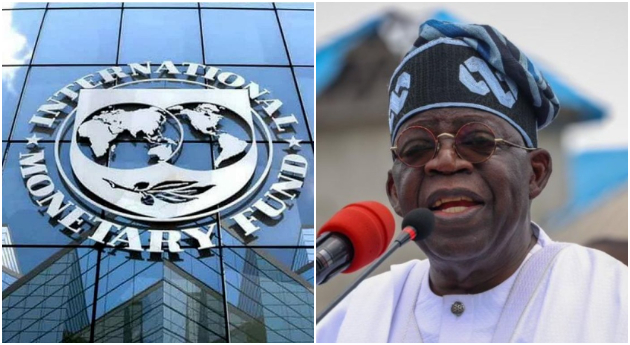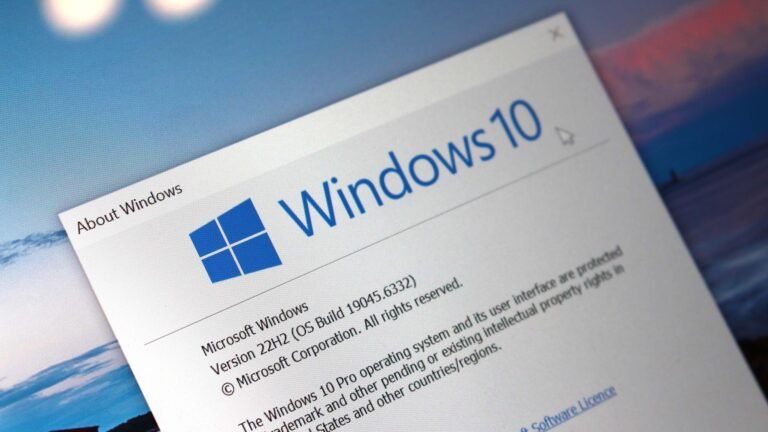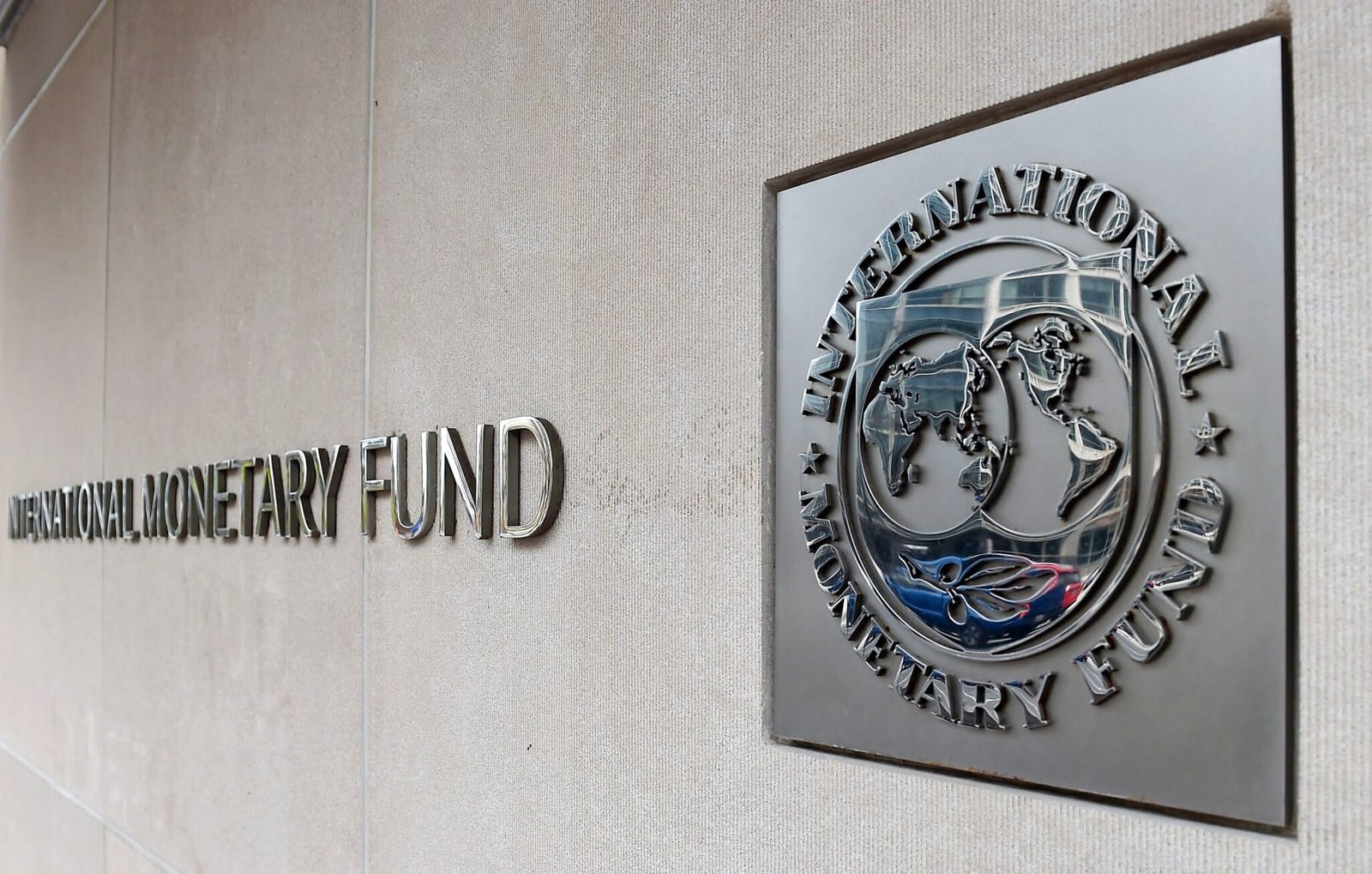The UK unemployment rate rose to 4.8% in the three months through August, the highest level since May 2021, as hiring momentum faltered and wage growth cooled.
Data released on Tuesday by the Office for National Statistics (ONS) highlighted that employers are stabilising after months of payroll reductions triggered by a steep payroll tax increase earlier this year.
Economists had expected the jobless rate to hold steady, but the uptick reflects a slower economy and tighter corporate budgets. The figures come at a critical moment ahead of next month’s budget and point to a softening labour market that could shape monetary policy discussions into 2026.
Also Read:
- UK Government Clamps Down on Foreign Workers Employment; Plans to Build Migrant Database
- The UK Economy Grew by 0.7% In Q1 2025 Despite Looming Tax and Tariff Hurdles
- UK Visa Laws Help Keep Nigerian Nurses in Nigeria, Huge Decline in Applications.
- Five Ways UK 'Tax and Spend' Budget Impacts Low Wage Earners
Wage Growth Loses Steam as Private Sector Cools
Private-sector pay growth slipped to 4.4%, its weakest pace since late 2021 and below market expectations of 4.5%. Total pay excluding bonuses eased slightly to 4.7% from 4.8%, while public-sector pay edged higher due to backdated wage settlements for government workers.
The divergence between public and private pay underscores the uneven recovery across sectors. Analysts say the moderation in wages may help ease inflationary pressures, providing the Bank of England (BoE) with room to maintain or eventually cut rates without stoking a wage-price spiral.
Employers Stabilise After Tax-Induced Layoffs
The labour market appears to have weathered the worst effects of April’s £26 billion payroll tax increase. Payroll employment declined by 10,000 in September following a revised 10,000 gain in August, broadly in line with economists’ forecasts.
ONS revisions show that total job losses since Chancellor Rachel Reeves’ tax-heavy budget last October now stand at 127,000, far fewer than initially estimated.
The smaller-than-expected decline suggests firms are opting to retain staff despite cooling demand and slower hiring.
Vacancies Decline as Hiring Demand Eases
Job vacancies fell by 9,000 in the three months to September, reaching 717,000, the slowest decline recorded this year. This compares with a sharp 57,000 drop in the June quarter, suggesting that the contraction in hiring demand is stabilising.
Labour market analysts note that the slowdown in job openings, combined with steady payrolls, points to a rebalancing phase rather than a severe downturn. However, sustained weakness could weigh on household spending and broader economic growth.
Markets Eye 2026 Rate Cuts as Pound Slips
The pound weakened after the data release, as traders raised bets that the BoE may start cutting rates in 2026, potentially lowering borrowing costs to around 3.5% by next summer. While policymakers have ruled out near-term rate cuts, the continued cooling of wages and hiring may reinforce calls for monetary easing next spring.
BoE Governor Andrew Bailey, set to speak later Tuesday in Washington, is expected to offer guidance on balancing slowing growth with persistent inflation risks. The Monetary Policy Committee remains divided, some members caution that high pay could still feed inflation, while others view easing wage growth as confirmation that disinflation remains on track.
























